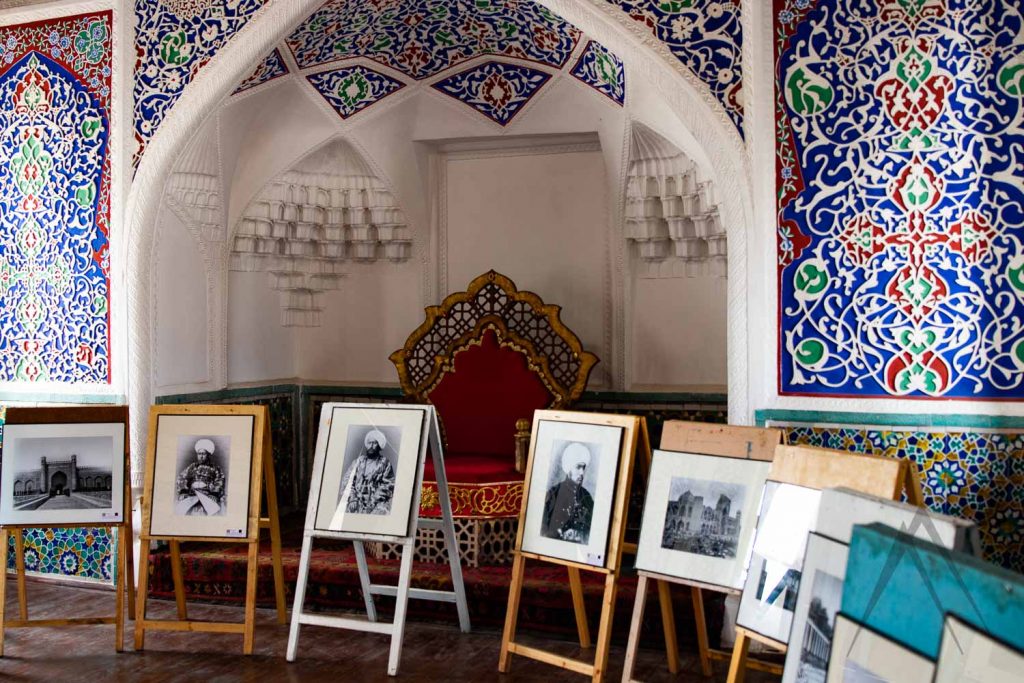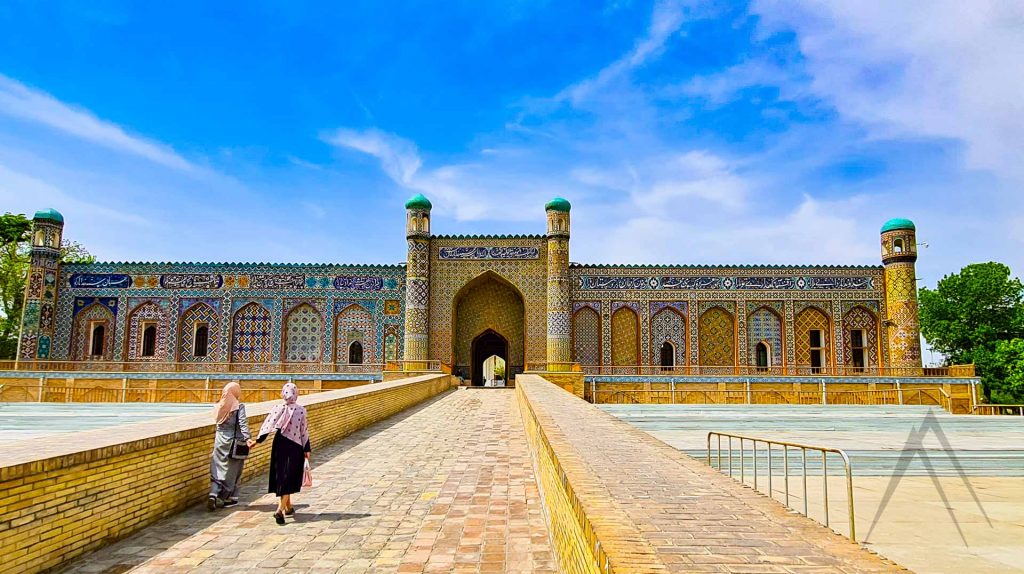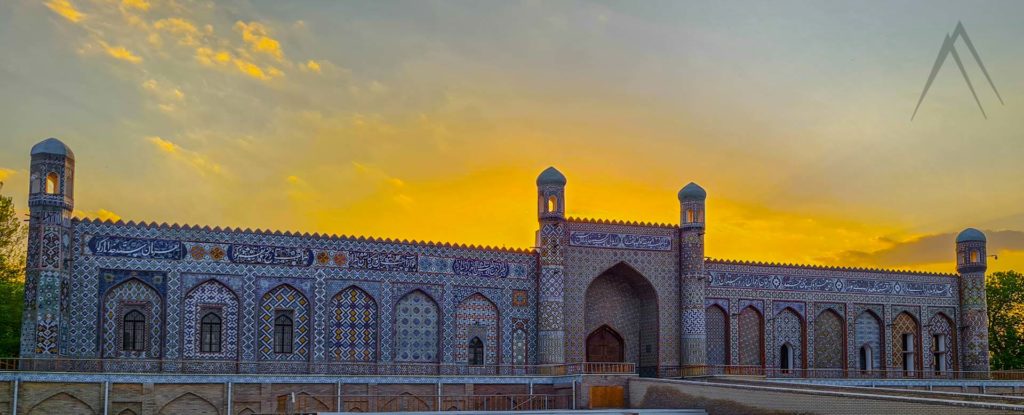Khudayar Khan Palace
Kokand Khudayar Khan Palace
Khudyar Khan Palace is Kokand‘s most remarkable sight as well as one of the most glittering royal residences in central Asia. This majestic and notable building serves as a reminder of the last ruler of the Kokand Khanate, Khudoyar. This Palace is also known as a Kokand Urda and carries the nickname the “Pearl of Kokand”, and for sure is a palace befitting a glorious ruler. This truly impressive and luxurious structure is also recognized by UNESCO. It is located at the very center of Kokand, inside an Uzbek style green park. The palace is open for visitors and you can visit most of the remaining palace area and the museum inside it.
Khudayar Khan
According to historical records, 29 khans reigned in Kokand within 150 years, but the most famous among them was the last khan, called Khudayar-Khan.
He was the most prominent ruler of Kokand in 1845 at the age of 12, and lost the seat several times but won it back again 4 times before 1876, the period of the expansion of Russia in the Kokand Khanates territories.
In 1865 Russia annexed Tashkent, the former possession of Kokand khanate. However, by that time the relations between the khan and his Ferghana people had become not satisfactory. So less than 2 years after building his mighty palace, he was finally kicked out of the country by his own people.


The reason for Khudayar’s departure is the he stopped paying compensation to his military leaders and soldiers and the unpleasant manner of handling of peasants and townsfolk caused civil unrest and numerous rebellions which were suppressed with brutal severity.
The year 1875 became the last year of Khudoyar-khan’s reign. He had to escape the country and to seek asylum in Russia. Soon after that, facing no strong resistance on the part of the local people, the Russian troops took Kokand and in 1876 Russia annexed the Kokand khanate. Later, the Khan escaped to Afghanistan with his family and his fortune.
The Khan Palace
The palace building originally covered an area of 4 hectares, was 138 meters in length and 65 meters in width. The palace was constructed on a three-meter-high platform with a ramp leading to the main entrance and at the bottom of the ramp there were once cast-iron and copper cannons. On the portal, between two towers above the large fretted entrance, gates carried the Arabic inscription made of majolica tiles saying “Seyid Mukhammad Khodoyar-Khan-the great ruler”.
The palace was surrounded by an impressive carved stone fence. On the right flank of the palace, there was a faceted minaret faced with ceramic tiles whose colors imitate Ferghana abr silk. The construction of this magnificent palace, consisting of 7 small inner courtyards, surrounded by buildings, was carried out under the guidance of architect Mir Ubaydullo.
The best craftsmen from all over the valley were involved in decoration works, the ceramic tiles for the facade decoration were manufactured by the craftsmen from Rishtan – the ancient ceramic center, which still is still considered being the main location for skilled pottery production in Uzbekistan.


The Khudayar Khan’s palace highlighted 119 rooms that were decorated with the lace-like carving on ganch, decorated tempera paintings and gold-plated alabaster cornices. The most stylish premises were the throne room and waiting room. Adjoining them were the treasury, depository and arsenal.
Furthermore, there was also a unique hall where khan administered justice to his subjects. One of the courtyards housed the harem for 40 concubines which means that nearly half of the palace was dedicated to housing his harem which the Russians demolished in 1919.

More Khudayar Khan related sights
Khudayar Khan also built other structures in the Kokand Khanate. One of the them was a military fort far away in the Tien Shan mountains in current Batken area of Kyrgyzstan.
Sights near Khudayar Khan Palace
Page updated 9.1.2022